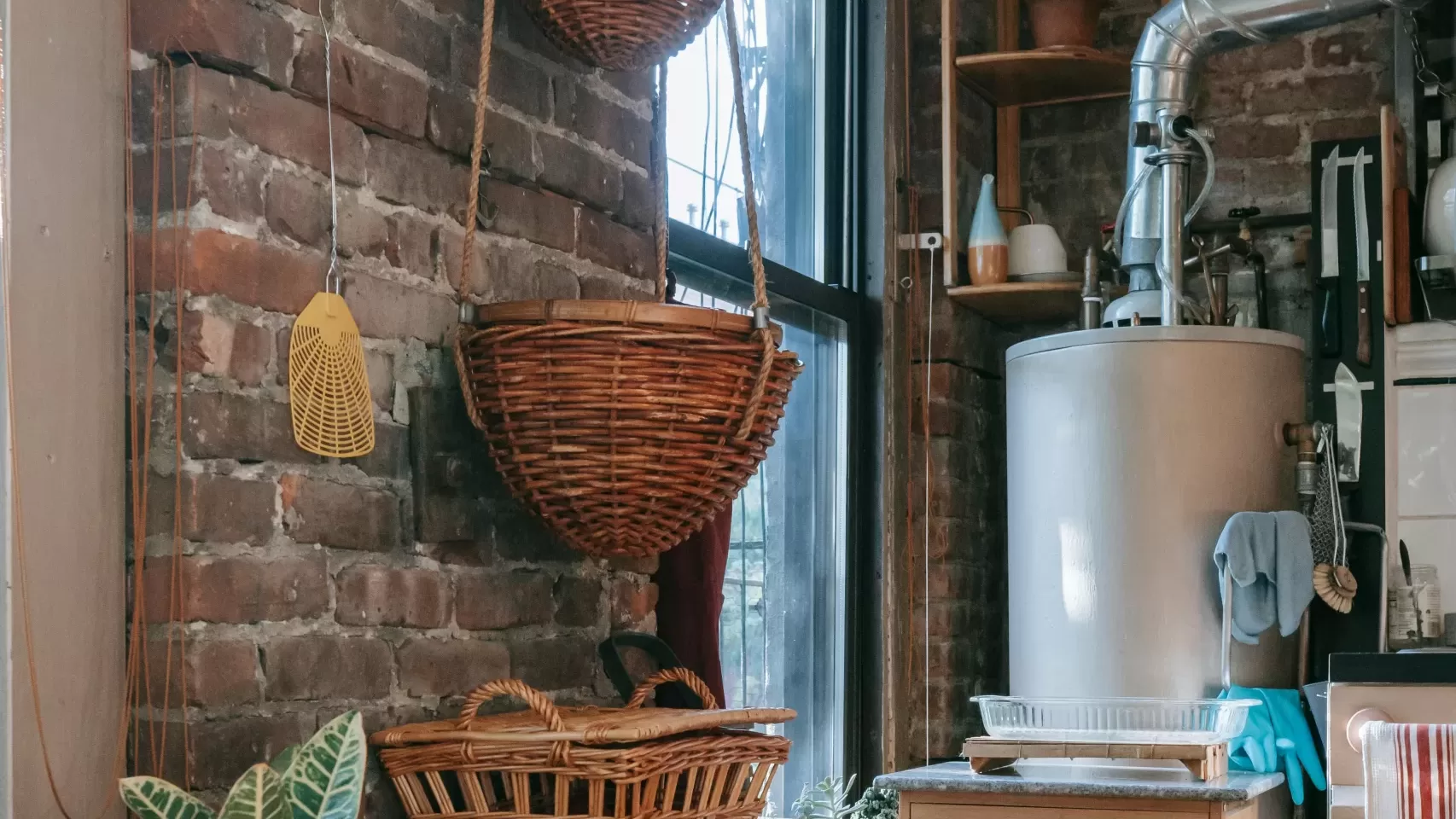Clean water access deeply enables health, community growth and gender equality globally, yet remains out of reach for billions. Inadequate infrastructure and systemic inequality trap women and girls undertaking hazardous water collection. Prioritizing inclusive water storage solutions that empower women and communities jointly provides hope against climate pressures.
Investing in gender-mainstreamed water storage recognizes clean water access as an unconditional human right while empowering women as change agents when given proper leadership roles.
Women and Water Scarcity
Reliable access to clean water resources represents one of humanity’s most fundamental yet unmet needs. In many developing countries, women and girls shoulders’ the immense daily responsibility of securing water for entire households – not through choice but through social norms and necessity.
To meet basic family needs, these water bearers frequently trek miles traversing difficult terrain in intense heat while carrying substantial weights – posing serious threats to health over lifetimes of exertion.
The vital time consumed gathering water also severely limits women’s abilities to undertake productive activities or gain education to better their circumstances. This self-perpetuating cycle of poverty and gender inequality stems from inadequate systems unable to provide water security.
The Importance of Storage
Implementing water storage infrastructure close to point-of-use sites provides lasting relief by smoothing supply across seasons. Large-scale rainwater harvesting tanks, underground cisterns and solar-powered borewells with attached reservoirs help cushion communities against period drought, overdrawn aquifers and seasonal variability – granting stability in the face of climate change.
Reliable storage also directly alleviates the need for long-distance water collection trips, freeing up women’s schedules for child care, household tasks, skill-building and participation in decision-making bodies. As women gain greater self-determination over their lives from enhanced water security, entire families and communities stand to benefit.
Traditional Water Storage Methods
In many underdeveloped regions, traditional methods of storing water, like clay pots, gourds, or old oil drums encompass the main water storage solutions. These containers often pose problems with hygiene and are frequently insufficient to meet a family’s daily needs. Moreover, fragile clay pots break easily and metal containers are susceptible to rust and corrosion– contributing to water contamination at times.

Benefits of Modern Technology
Modern technological advancements provide an opportunity for superior water storage solutions. Ranging from engineered tanks to high-density polyethylene containers which boast longevity, they also prevent contamination that can cause diseases such as cholera or dysentery. Embracing these technologies represents a significant step towards securing a reliable water supply.
Truck Water Cartage Tanks
No conversation about modern water storage alternatives is complete without mentioning truck water cartage tanks. These mobile units offer timing and location flexibility, making it an ideal solution in drought-stricken areas where natural sources are scarce. They can also play a vital role in disaster management where there could be an urgent need for supplying clean potable water to affected communities.
Water Tank Factory’s Solutions
Create a lasting change with WaterTankFactory’s reliable and versatile range of products. Check this out, their vast selection of rainwater tanks and stand-alone models surely have something to suit your needs. They are durable, easy-to-install, require low-maintenance and come in various sizes & capacities designed for both urban and rural applications. Empower yourself with the right tools to take charge of your water security today.
Improving Accessibility with Tanks
The closer clean water access lies, the greater opportunities available for realizing human potential – especially for women and girls historically tasked with water collection. Multiple villages now benefit from solar-powered distribution tanks connected directly to homes, eliminating strenuous transport while guaranteeing basic water quantities.
Such decentralized turnkey systems grant women freedom to redirect their talents towards vocations, education and, importantly, rising into community leadership roles. As more women leaders emerge to take on local decision-making authority, their valuable perspectives help ensure water infrastructure upgrades remain inclusive and accessible for all. Their leadership also powerfully reorients community development priorities with an emphasis on stability and equality.
Sustainability in Water Storage
With climate change and aquatic ecosystem damage threatening long-term freshwater availability worldwide, societies require “future-proofed” systems built to withstand shocks through conservative usage and recycling.
This entails rainwater catchments plus underground cisterns leveraging natural filtration, cubic capacity optimization for seasonal variability, non-leaching/non-corrosive construction materials, and gravity-powered distribution limiting energy demands.
Water conservation outreach also plays a key role by teaching households to curtail excessive demands, fix leaks promptly and reuse greywater on lawns/gardens safely. Adopting this resilience-focused, community-centered model sets the foundation for weathering inevitable change ahead.
Inclusive Designs for Women
Every phase of water system design, from initial concept to user feedback integration, provides openings for women’s active inclusion and leadership. By intentionally recruiting women construction overseers, engineers and project managers, traditionally male-dominated water committees benefit from valuable gender perspectives enhancing appropriateness and accessibility for all.
Technical components likewise warrant consideration: tap stands and tank heights/widths sized for women and older girls’ average reach and strength; durable water vessel hand-pumps operable with low force; single-lever dispenser valves requiring minimal grip strength.
Prioritizing inclusive participation and ergonomic accessibility enables water infrastructure to empower rather than overlook women stakeholders.
Making Use of Rainwater
Harvesting rain for household use ranks among the most sustainable supplemental sources globally – leveraging free storage direct from nature’s cycle. Typical system components include surfaces to maximize catchment (roofs, pavement), primary filtration devices (gutters, first-flush diverters), covered transfer pipes, and containment vessels (barrels, underground tanks).
Collected rainwater then provides a renewable source for laundry, irrigation, vehicle washing and even toilet flushing after secondary filtration – preserving higher quality drinking water for direct human consumption. Integrating rainwater capture into buildings large and small cuts demand on stressed groundwater resources.
Promotion of Community Involvement
Community involvement is crucial for the successful implementation of water storage solutions. Each community has its unique set of circumstances that affect how they use and manage their water supply.
Engaging with community members – women, in particular – is important not just for understanding their needs but also for fostering a sense of ownership, which facilitates sustainability and success.
Communities can work together to install, maintain, and update water storage systems as needed — developing social links and cooperation that serve the common good.
Women’s Role in Water Management
By recognizing women’s primary role in water collection and management, you acknowledge the profound impact they can have on water conservation measures. Women who are educated about sustainable usage are more likely to drive change – not only within their own households but within their larger communities too.
Organizations around the world are empowering women through training programs that teach them about best practices for water management – creating ripple effects of positive change in their societies.
Educating About Water Conservation
Educating about the importance of water conservation is paramount considering the global water crisis the world’s currently facing. Vendors such as The Water Tank Factory are increasing awareness which leads to improved attitudes towards water consumption – transforming wasteful habits into conscious stewardship.
Women – long associated with water gathering – have a uniquely powerful platform from which to drive these transformative conversations, ensuring a better future for everyone.
In Conclusion
Investing in accessible and sustainable water storage solutions is pivotal in combating the water crisis and empowering women. It is not only about the physical infrastructure but also about acknowledging the major role of women in managing water supplies.
By educating women, designing gender-inclusive solutions, and encouraging community involvement, you trust their capacity to pioneer change. Empowerment, therefore, is crucial for both women’s development and the distribution of crucial resources worldwide like water.


